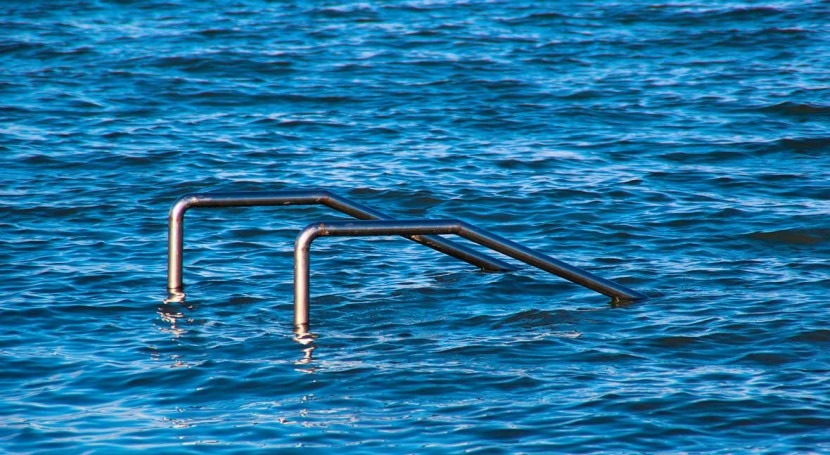The mangrove tree is a wonder by any standards…
Growing right along the shoreline, it creates a unique ecosystem for many shoreline sea creatures that thrive on the rise and fall of the tide.
But besides it’s ecological significance, the mangrove tree uses seawater to grow…
It’s special protruding roots absorb seawater while acting as filters removing excessive salts for the trees to thrive where most of other tree species wouldn’t.
But the story of the mangrove tree is symbolic of the realities of coastal communities.
Seawater intrusion contaminates many fresh water wells in these regions making the water difficult to use.
Brackish water
At times, the sea forces itself through rocks into the underground water table making well water salty.
Water that once was potable suddenly converts into undrinkable water due to elevated salt content.
Its not uncommon to find many wells abandoned by entire communities which once depended entirely on them.
Brackish water, though having a higher salty content than normal water, is sometimes used for alternative applications such as in irrigation.
Chances are that it may perform better than seawater in this regard.
But because of a significant salt level, brackish water tends to degrade fertile soils over time if used for irrigation.
Soil salinity
Soil salinity is a stage of soil degradation mostly brought about by a high sodium content in the soil…
And what better source of sodium than brackish water produced by seawater intrusion.
Seawater contains about 3.5% salt content with sodium and chloride making the bulk of this number.
Whereas other metals such as calcium and potassium tend to improve the overall soil structure, sodium seems to degrade surface soils faster instead.
If introduced to soils through irrigation, sodium leads to the formation of a hard crust at the soil surface especially in areas experiencing high evaporation (such as the coast).
This hard crust is usually hard to penetrate depriving crops of the much needed water.
But not only that…
These soils become fragile and vulnerable to agents of erosion such as wind and water.
Ultimately, saline soils fail to support crops leading to desertification over the long haul.
That being said, brackish water still remains a useful resource especially for people at the coast and those living in lands with water with a high salt content.
But its use can only be sustainable through removal of excessive salts.
Solar desalination
Whereas many sophisticated methods for salt removal exist, simple solar desalination utilizes the heat energy of the sun.
Brackish water is heated under high pressure leading to evaporation while leaving a salt concentrate called ‘brine’ as pure water is distilled and packaged.
As simple as it sounds, it is a technique requiring a significant capital investment such as the plant that was commissioned at the Kenyan coast recently.
Besides solar desalination other household and community based water purification techniques are also under research.
And one of the more promising ones is capacitive desalination.
Capacitive desalination
Since salts are charged ions while in water, they tend to migrate towards oppositely charged surfaces .i.e. unlike charges attract.
This is the principle behind capacitive deionization (CDI) where charged carbon-based surfaces (electrodes) powered by a battery, solar panel or mains electricity are inserted into the salty water leading to migration of the salt ions towards them.
If this is done over several cycles, the salt content in the water could be reduced appreciably for usage in farming and drinking.
The main advantages with CDI is it’s low energy usage per volume of water and effectiveness in treating brackish water
In conclusion
Brackish water is a resource we cannot afford to waste because:
Water is life and at the same time very scarce.
Originally posted on John Mmbaga's blog






